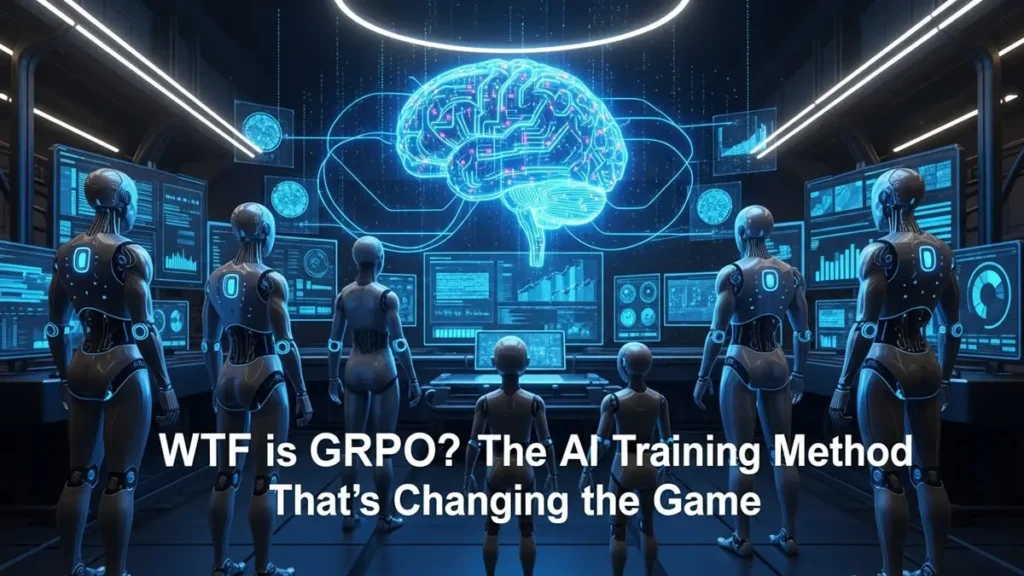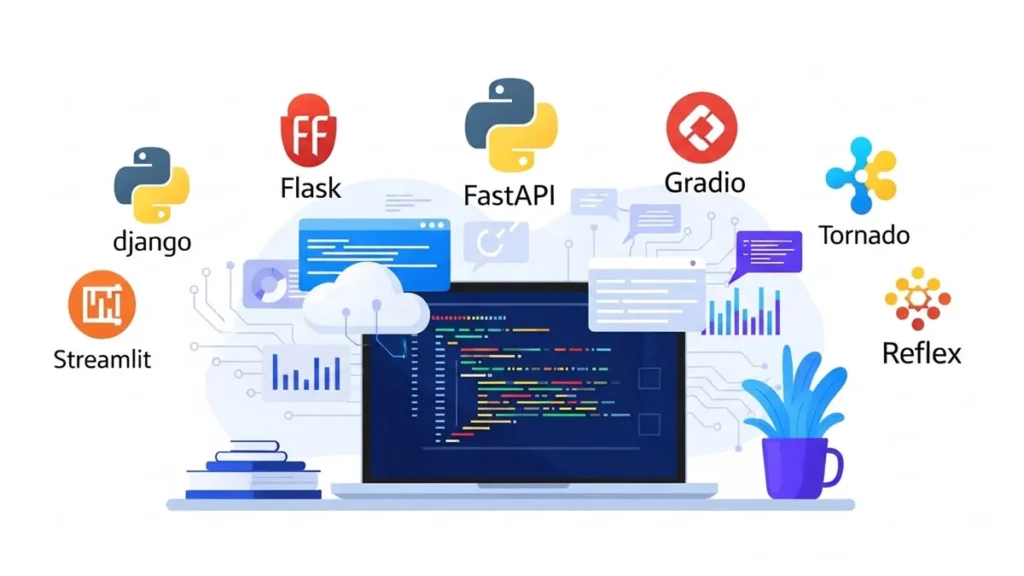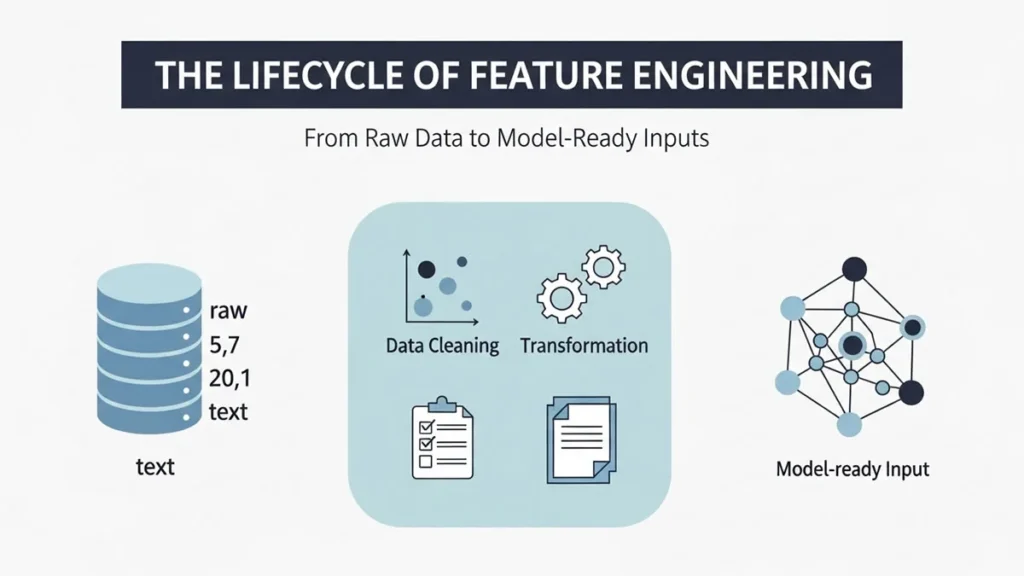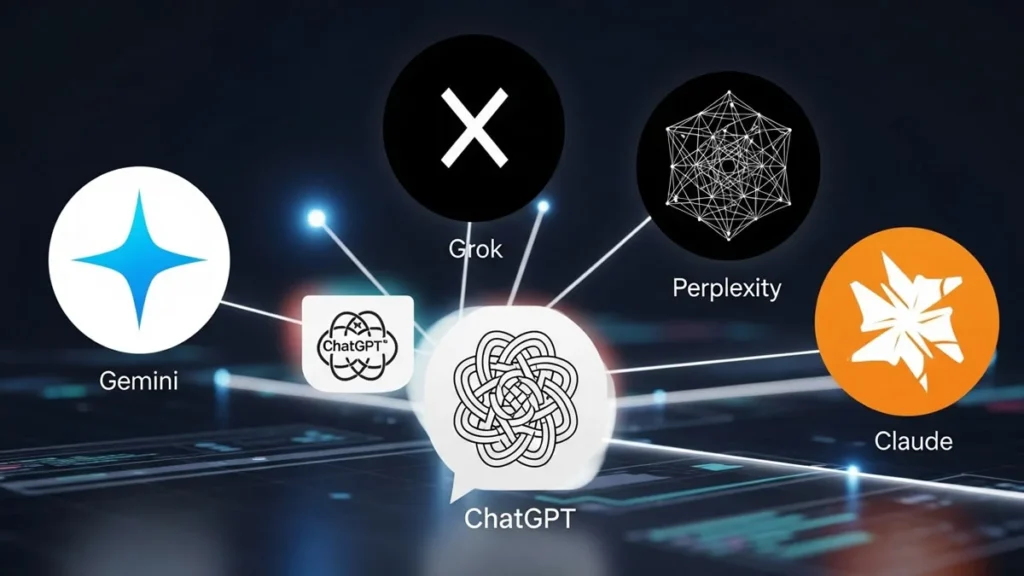GRPO: Reinforcement learning (RL) has been around for decades, enabling machines to learn through experience, much like humans do through trial and error. From solving Rubik’s cubes to mastering video games and training robotic arms, RL algorithms have powered some fascinating breakthroughs.
However, reinforcement learning has now entered a new chapter, one that directly impacts how large language models (LLMs), such as ChatGPT, Google Gemini, or Claude, interact with humans. And leading this change is Group Relative Policy Optimization, a novel training method introduced by DeepSeek.
In this article, we’ll break down what GRPO is, how it works, and why it matters, especially if you’re interested in AI, machine learning, or the tech that powers today’s smartest systems.
What Is GRPO (Group Relative Policy Optimization)?
Let’s face it: LLMs don’t always get it right. Sometimes they miss the context, misinterpret questions, or default to general knowledge that contradicts the specifics you’ve provided.
GRPO was designed to solve exactly that.
It is a next-gen reinforcement learning technique, built on top of the commonly used Proximal Policy Optimization. But Group Relative Policy Optimization goes further, improving model reasoning, handling long-context conversations, and optimizing performance when standard RL algorithms hit their limits.
Next Article: 7 Powerful Python Web Frameworks for Every Developer (Beginner to Pro)
GRPO vs PPO: Learning from the Group, Not Just Feedback
Earlier, we unpacked GRPO. Let us quickly revisit PPO.
Imagine you’re training a student to write better essays. PPO works by giving student feedback and small corrections to gradually improve their writing without changing their overall style.
Now enter GRPO. Instead of training one student in isolation, Group Relative Policy Optimization places them in a group of peers. The student observes how others write their essays, learns from their strengths, and adopts the most effective patterns. In AI terms, the model is trained not just from its feedback, but by comparing and learning from a group of alternative model responses.
This group-based learning helps LLMs produce more consistent, accurate, and context-aware answers, especially for complex prompts or tasks like coding, mathematical reasoning, or multi-turn conversations.
How GRPO Works Behind the Scenes
In technical terms, the “student” is the current policy (model behavior being trained), and the “group” consists of multiple model variants, perhaps trained at different stages or with slightly different data.
GRPO evaluates how each of these variants responds to a prompt. The best-performing answers, those that are most accurate, coherent, and aligned with the context, receive higher rewards.
Then, the model being trained adjusts its behavior to align with the best of the group. It’s like crowd-sourced learning for AI.
Why Rewards Matter in Group Relative Policy Optimization
Like any good teacher, GRPO needs a grading system, and that’s where rewards come in.
In this context, a “reward” is a signal that helps the model understand how good (or bad) a particular answer is. These rewards might be based on:
- Factual accuracy
- Relevance to the prompt
- Fluency and grammar
- Context alignment
- User satisfaction (in human feedback settings)
Let’s say a user asks:
“Which neighborhoods in Osaka are best for street food?”
A high-quality answer might mention Dotonbori and Kuromon Ichiba Market, describe the street foods available there (like Takoyaki), and stay focused on the actual location. A poor answer might mention Tokyo, skip the neighborhoods, or only discuss Japanese food in general.
Group Relative Policy Optimization evaluates multiple responses to this prompt from different model versions, rewards the best ones, and trains the target model to emulate them, producing smarter, more human-aligned replies.
Why GRPO Matters for the Future of AI
GRPO is more than just a technical upgrade. It represents a shift in how we train AI from solo learning to collaborative, peer-based refinement.
For developers and tech teams, GRPO means:
- Better performance on complex and reasoning-heavy tasks
- Improved alignment with human expectations
- More contextually aware language models
- Efficient training without bloating memory or computing
Final Thoughts
GRPO, developed by DeepSeek, is a cutting-edge training approach for large language models. It builds on PPO but introduces a collaborative group-based learning system that helps LLMs evolve more intelligently.
Whether you’re an AI enthusiast, developer, or just curious about how models like ChatGPT are becoming more human-like, GRPO is a big step forward. Stay tuned, this is the kind of tech that will shape the next generation of intelligent systems.




